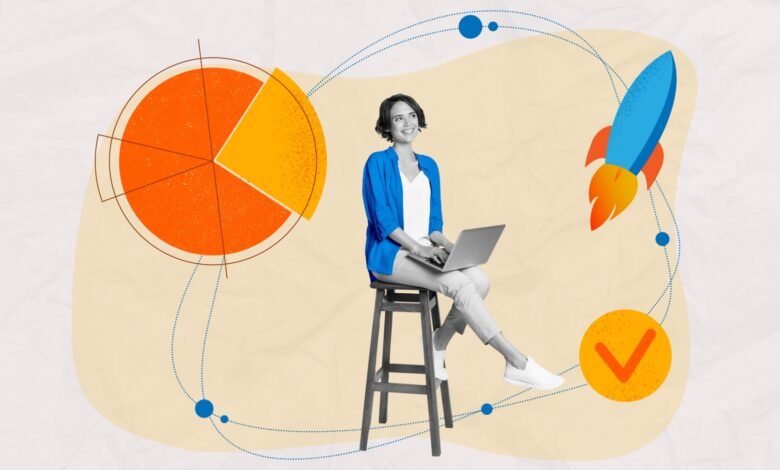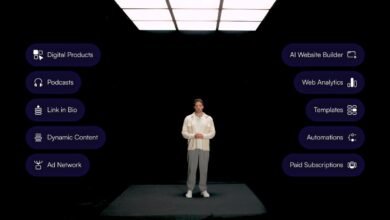Bridging the Gap Between Creativity and Marketing Success

▼ Summary
– Creative and analytics teams often work in parallel but lack a shared language between emotion and evidence, which AI is now helping to bridge.
– AI enables real-time analysis of qualitative creative attributes like tone and messaging style, linking them to performance metrics for better optimization.
– Marketers must expand their measurement vocabulary beyond traditional KPIs to include qualitative dimensions like emotional tone and narrative pacing, aided by AI.
– AI-driven platforms allow proactive creative optimization by analyzing real-time data, enabling mid-campaign adjustments based on performance insights.
– The most successful brands will integrate AI and cross-functional collaboration into the creative process to align brand expression with measurable business outcomes.
Bridging creativity with measurable results has long been marketing’s greatest challenge. Teams crafting compelling stories often work separately from those analyzing performance data, leaving untapped potential where these disciplines intersect. Modern AI solutions now provide the missing link, transforming subjective creative elements into quantifiable insights that drive smarter decisions.
The real breakthrough lies in connecting storytelling with real-time analytics. Traditional metrics like impressions and conversions only tell part of the story. What about emotional resonance, messaging clarity, or competitive differentiation? AI-powered tools now decode these qualitative factors at scale, tagging creative assets with metadata that reveals what truly engages audiences. Whether testing humor versus sincerity or comparing problem-first versus solution-led approaches, marketers gain a deeper understanding of what works, before campaigns go live.
A balanced framework merges hard data with creative intuition. While click-through rates and conversion metrics remain essential, they don’t capture the nuances of audience sentiment. AI bridges this gap by analyzing tone, visual style, and narrative structure across entire industries. Large language models trained on brand-specific content generate insights that help teams refine messaging, optimize offers, and stay ahead of competitors. The result? Creative that doesn’t just look good, it performs.
Proactive optimization replaces reactive guesswork. Historically, marketers waited until after a campaign to assess creative effectiveness. Now, AI enables real-time adjustments by answering critical questions mid-flight: Which emotional tones drive engagement? Are competitors leaning into discounts or free trials? Audience simulation models even predict responses before launch, allowing brands to fine-tune strategies with precision. This shift turns creative development from an art into a science, without sacrificing originality.
The future belongs to brands that master both creativity and analytics. Success no longer hinges solely on standout ads but on systems that decode their impact. By integrating AI into the creative process, teams align storytelling with business outcomes, ensuring every campaign resonates emotionally while delivering measurable results. The divide between data and creativity is narrowing, smart marketers are already building the bridge.
(Source: MarTech)




